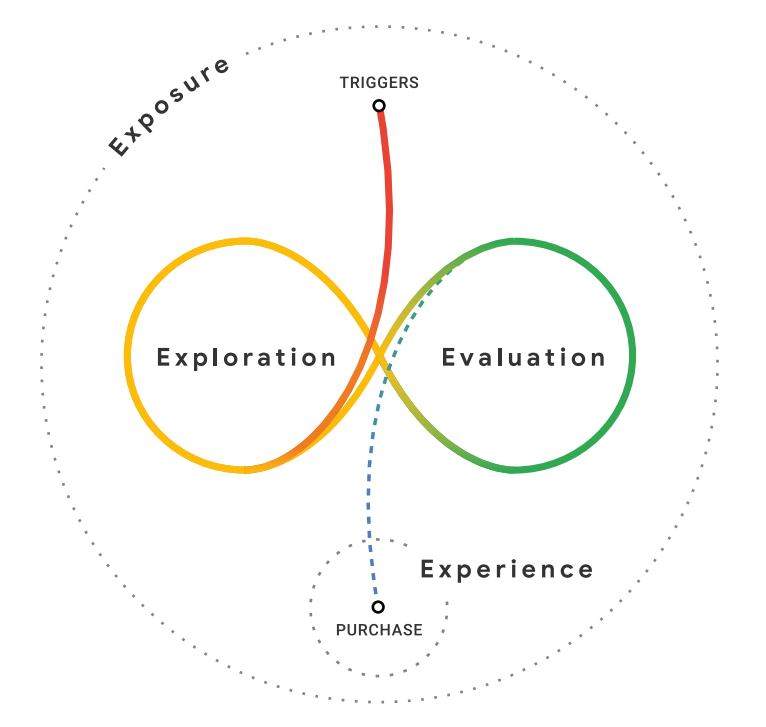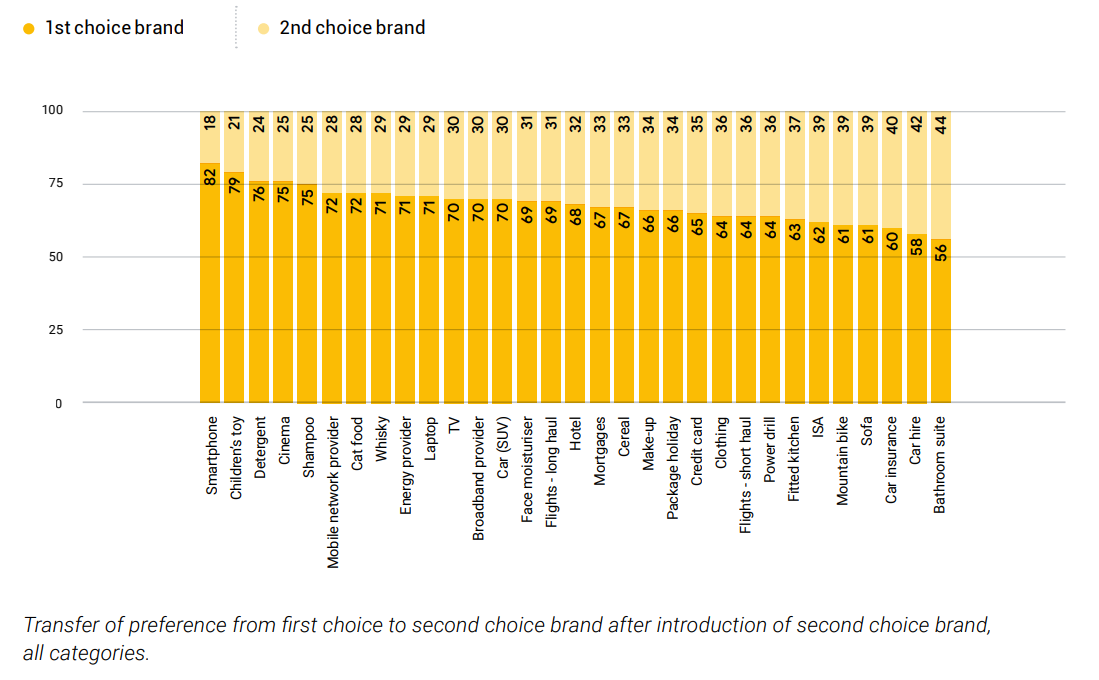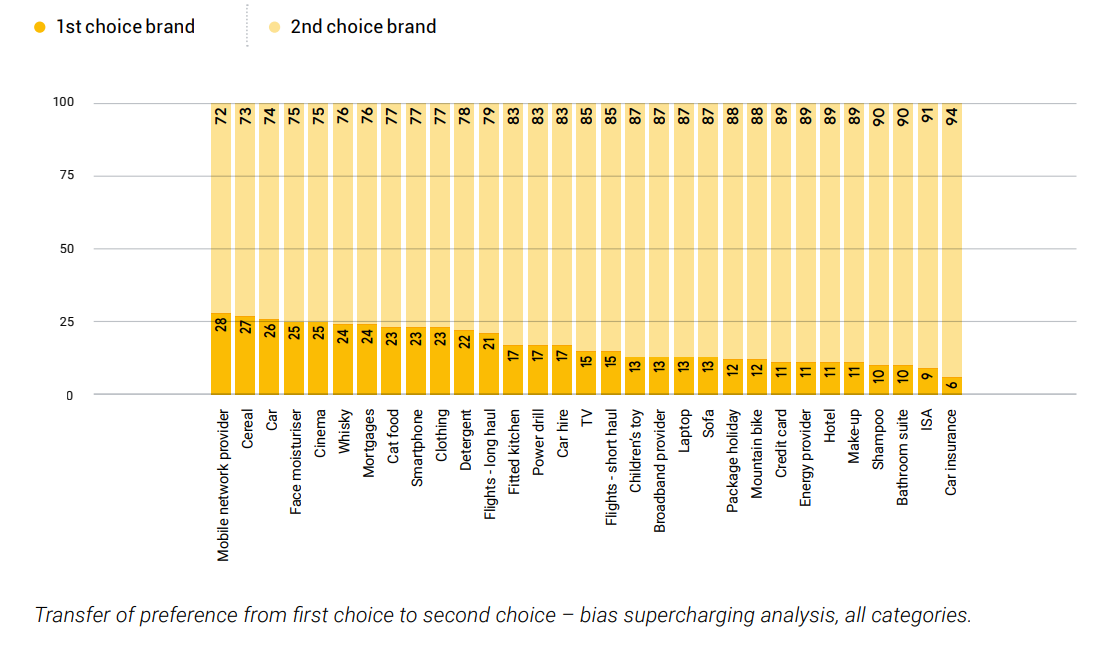Google's new 'Messy Middle' - what's it all about?
How to win buyer attention inside the ‘Messy Middle’
Photo by Kimi Albertson on Unsplash
Messy Middle? What are you talking about?
I’m glad you asked. The ‘messy middle’ is a new concept from a recent report from Google on how consumers make decisions about purchases. Think of it as a potential replacement for the marketing funnel, marketing’s Schrödinger's cat
You're going to have to explain that one to me.
As in, no-one knows whether it’s dead or alive. Don’t worry about it.
Anyway, a team of researchers set the challenge of decoding how consumers make decisions with near-universal access to the internet (around these parts at least). Google had done something similar in the past with their ‘Zero Moment of Truth’ but they obviously felt that wasn’t cutting it any more.
Ok, sounds like a PR stunt, did they find anything?
Yes, a couple of interesting things actually. The first is the ‘discovery’ of the messy middle model of consumer decision making. Now for a report that’s almost 100 pages long, there isn’t much proof for the model itself, but take one look at it and it does seem to intuitively make sense.
So they’re telling me stuff I already know?
Well… not really. It’s more that they’ve pulled together a simple model that explains stuff we already knew in a new and coherent way. It’s not going to revolutionise your marketing, but it will certainly bring clarity to your thinking.
Ok, can I see it, please?
Sure, here you go:
The general idea is that you’re exposed to ongoing brand touch-points over time, then something triggers you to consider a purchase. You then go around in a loop of exploration and evaluation, the Messy Middle, until you take the plunge, to purchase, going through the brand experience on the way.
Pfeh. Underwhelming.
I know what you mean, but sit with it a while. It does a great job of pulling together a load of different approaches to marketing into one unified system and certainly has more in it than the traditional funnel. Base a marketing plan on this, ensuring you’re covering all of it, and you’ll be one step ahead of a lot of other marketers.
Fair enough, one to file in the armoury. Anything else?
Well, a large chunk of the report then focuses on the messy middle, but I can summarise it pretty quickly with ‘best is better than cheap’. If you can accept that then you can skip the middle section. If not, there are about 1,000 charts to help change your mind.
After this is when it gets really interesting though. The latter section of the report is focused on an experiment run by the researchers which sets out to test the impact of manipulating decision biases to influence the messy middle.
Manipulation? Surely not, this the noble art of marketing, we’re just helping consumers make decisions.
Hold on to that thought, as before we get into that it’s worth considering what they found. By running a simple ‘lab’ experiment - as in it’s not based on real-world data - they first found that buyers in certain categories have a greater or lesser likelihood to switch to their second-choice brand just by that brand showing up in the decision journey. The implication is that you need to make sure your brand shows up when consumers are researching, i.e. in Google search.
No shit Sherlock.
Quite. Though it is very interesting to see the differences in category, there are some surprises in there for sure. Take a look:
Who would have thought energy suppliers drove such brand loyalty?
Yeah, it’s interesting for sure. But after this they then tested the impact of manipulating six different biases, trying each time to increase the number of people switching to the second-favourite brand. Very interesting as there is a lot of talk, and ‘superstar’ case studies on behavioural economics in marketing, but few studies.
And…?
And within their experiment, applying them made a huge difference. There were differences in effectiveness amongst the six, but applying all six of them at the same time brought the choice of the second-favourite brand up from around 35% of the time to about 85%. A massive increase., see for yourself:
They even found that they could include fictional brands into the mix and convince buyers to pick it over their favourite brand in the majority of categories:
I hate to admit it, but that’s pretty impressive.
It sure is. It’s worth restating that this was in ‘lab conditions’ so may not hold up as impressively in the real world, but it certainly shows the significant impact of applying these tricks and hacks.
Surely though if everyone follows the advice, don’t we end up net neutral?
The researchers are ready for you, with this one:
“In our simulation, each bias was given a basic execution, with no attention lavished on design or copy. In the real world, brands will hopefully take our indicative examples and test them in-market, bringing their own ingenuity and insight to bear.”
So if we all do it slightly differently, it’s still the most creative who win.
Ok. I’m all up for increasing my sales, but how much of this is in the consumer’s favour?
Well, therein lies the rub. It’s very difficult to see the techniques they've applied in the experiment as anything more than manipulation. By leveraging known biases in decision making, the researchers have essentially ‘hacked’ the choice. Very good for the brand, very little to do with what is best for the consumer.
The authors attempt to get around this with some waffle about acting responsibly with these biases, but it’s a very difficult area - how exactly do you deploy them responsibly? By using them you are undoubtedly manipulating the decision making in your favour, not presenting facts and aiding a rational choice, but subverting it. Ok, you can argue your product might be better for them, but some might say you're not in a position to be the judge of that.
Right… Ok, I definitely won’t use it, bad stuff. But, y’know, just for curiosity, nothing more, where can I find it?
Here. Use with caution.





